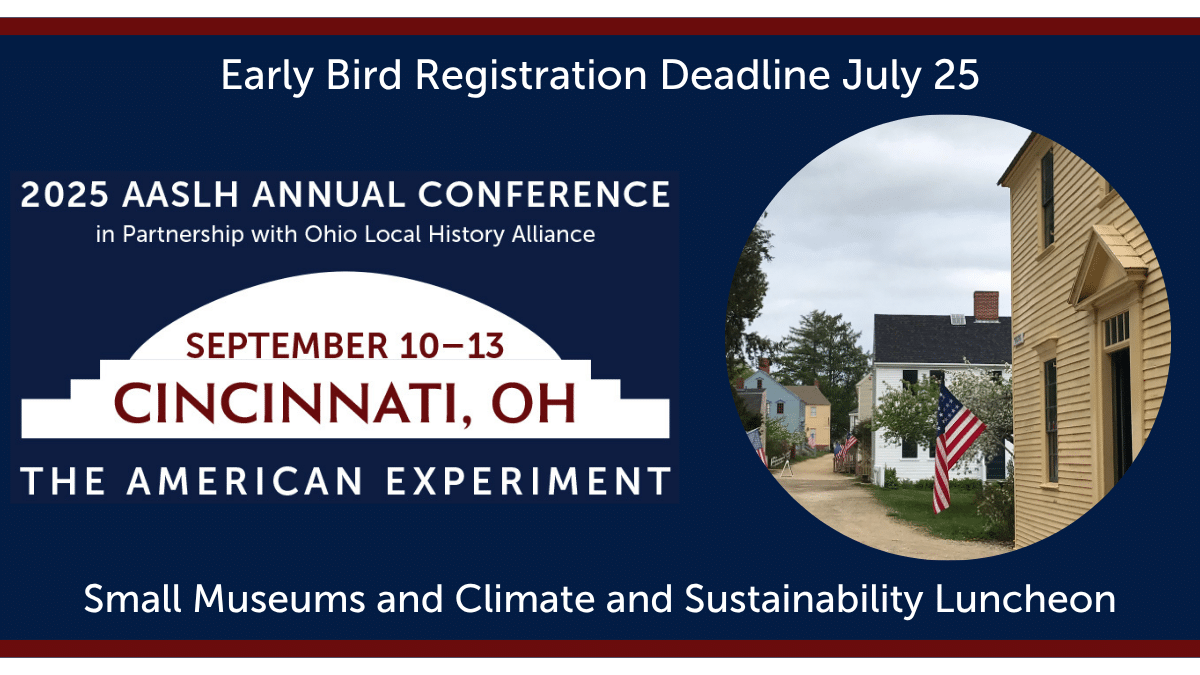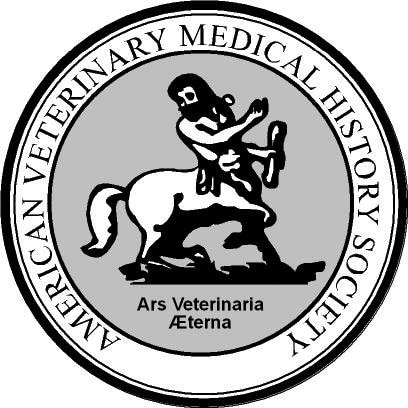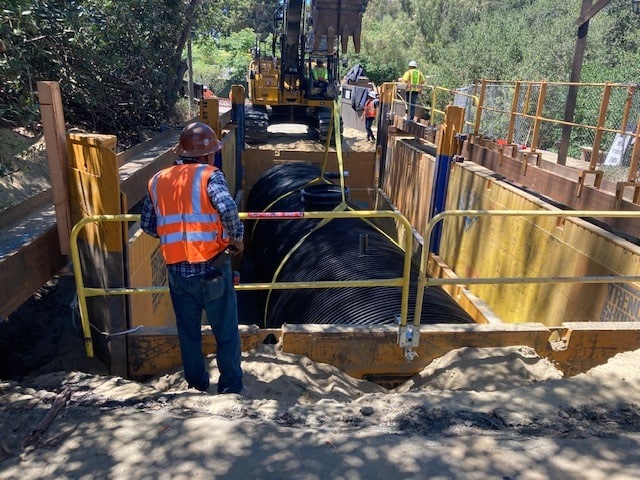By the way, we still have the “vintage” olive oil can, but it’s now in a back office holding pens and pencils.
The inventory continued and so did the discoveries. We measured, described and entered each item, a chore made easier these days with Google. It also helps to have the local library right next door.
As we organized the rooms, we decided on a few effective, common sense guidelines for our visuals:
- Display texts should use consistent typefaces. Use no more than two fonts. The size depends on the sign’s proximity to the visitor.
- Don’t crowd the text and photos. “Airing it out” (as we say in the newspaper business) is more visually appealing. We have limited wall space in our building, so we try to avoid filling every square inch with display items and text.
- Don’t overwrite. Keep it simple, edited but informative. You don’t need to provide volumes of information.
Of course, that last rule won’t apply to everything. For example, our museum has a World War II-era Norden Bombsight. The display text on the wall behind it provides a good overview of the device. If a visitor wants more information, we provide a stack of five-page handouts next to the display.
Also, in front of the museum is a 75-year-old “pumpjack” (an oil pumping unit) to represent the area’s oil industry. A one-page handout, available at the front desk, identifies the parts of the unit and tells its history.
We came up with another display aid for our exhibit of military uniforms, many still carrying their original ribbons, bars and medals. The text cards (about 4 inches wide and as long as needed) have a small photo of each piece of insignia, the name of the item, and the campaign, battle or skill it represented. That added touch generated many positive comments from our visitors.
As I said, these are all common sense ideas, but they’re effective nevertheless.



